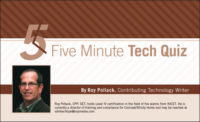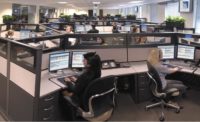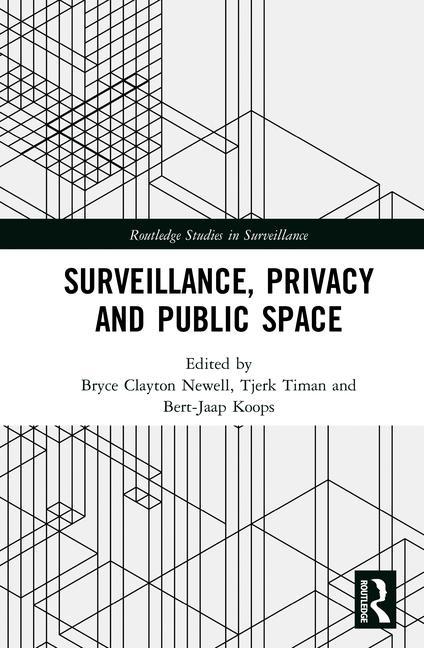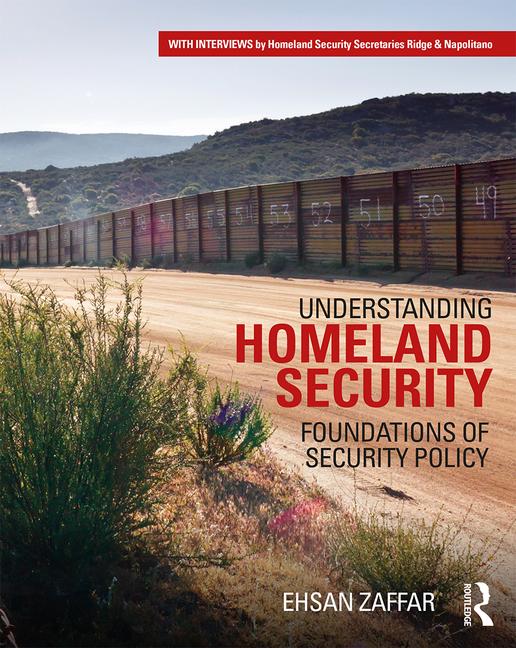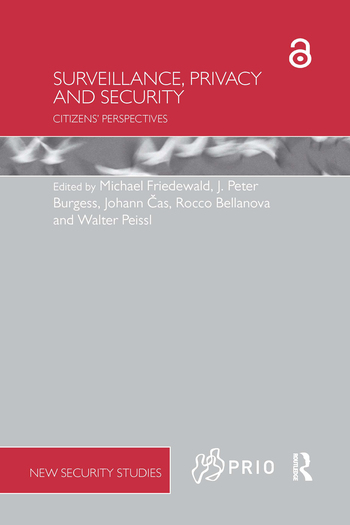Central Station Monitoring Standards
Underwriters Laboratories explains why UL 1981 and UL 827, standards that cover central station facilities and services, are being updated to reflect the times.

UL’s relationship with the alarm industry spans more than 90 years. At the outset, Underwriters Laboratories was asked by both the alarm and insurance industries to develop a means for defining alarm services and uniform performance of equipment. In those days central stations built equipment and designed facilities based on their business goals. Although the industry was more than 50 years old, at the time there were significant variations in the delivery of central station service and performance of the equipment. The first UL central station standard was developed in 1924 with substantial input from stakeholders in both industries. Central stations brought an innovative perspective to the table, insurance concerns were focused on loss control and UL created the performance criteria. The collaboration between these three stakeholders has sustained a balance in UL’s standards that continues today.
However, how will standards keep up with the current wave of innovation that has been growing over the last decade and shows no sign of cresting? A number of years ago, it was recognized that the Standard for Central-Station Automation Systems, UL 1981, was in need of an update to address changes in the way automation systems are being used. In addition, it was clear many of the requirements in that standard address how the automation system is configured in a central station, and thus were more applicable to the Standard for Central-Station Alarm Services, UL 827.
Furthermore, the way central stations operate, the types and quantity of systems they monitor, and the potential impact of natural disasters and utility outages they can experience were changing significantly. As a result, UL formed an Industry Task Group for each standard that was comprised of software providers, operators of central stations and UL staff. Central station representation on task groups was intentionally a mixture of representatives of providers of wholesale monitoring services, along with nationally based and independent providers of full service. Because some requirements were going to shift from UL 1981 to UL 827, a correlating committee consisting of selected members of each task group also was formed to assure that both documents were harmonized. Many of the initial items that were cited as needing to be addressed came from the UL engineering and audit staff. But, once the task groups met, there was an infusion of creative ideas for the use of emerging technology. In the end, a remarkable collaboration developed within each task group.
As part of the American National Standards Institute (ANSI), process drafts of each standard will be released for review, comment and vote by UL’s Standards Technical Panel (STP) for Alarm System Services. Manufacturers of Certified software and operators of Certified central stations that use the standards also are able to review and comment on the proposals scheduled to be released in December 2013 by registering at UL’s Standards Certification Customer Library. Details on the process are explained in the related sidebar, “How to Get Involved,” on page 26.
In addition to moving the central station specific requirements to UL 827, some of the key proposals for UL 1981 include the following:
- A common section was created for automation system access security. This includes both external access and program access levels.
- Equipment redundancy includes options for the use of fault-tolerant equipment as well as clustering and methods of virtualization.
- Computer equipment is required to be designed as high-availability systems, with duplication of key components.
- The software is required to be capable of producing statistical reports by monitored system type.
- The security of connections to the system by service technicians, subscribers and the like is described.
- An automation system check sheet was created in the Appendix to aid software providers in preparing for an evaluation of their products.
The proposals for UL 827 cover not only an expanded discussion of the use of automation systems but also new options and techniques to provide more flexibility in the delivery of central station services. These proposals reflect advances in technology, industry practices, local environmental concerns and disaster planning. In many cases, they are proposals to address issues that are not currently described in the standard, but are becoming commonplace in central station today.
Some of the key proposals are:
• A calculation known as a Monitoring Equivalent Weight (MEW) factor, based on the types of alarm systems that are monitored, replaces fixed thresholds of monitored accounts as the means to determine the configuration of hardware and infrastructure needed to support reliable monitoring.
• As the MEW increases, duplication of the computer system, use of a tertiary system, and locating the tertiary in a separate facility are required. At the highest level of MEW the tertiary system is required to be located in a facility operated by either the central station, another central station or by the provider of the alarm monitoring software. In the last case a new category of Certification known as Central Station Host Services has been created for software providers.
• As is the case in UL 1981, the computer equipment is required to be designed as high-availability systems, with duplication of key components. Equipment redundancy includes options for the use of fault-tolerant equipment as well as clustering and methods of virtualization.
• Power supply requirements have been expanded with revisions to the sections on testing standby power supplies, continuity of power and UPS units. A new section addressing electrical transient protection for supply line, signaling and communication line protection has been added.
• The options for the physical security of entrances to operating rooms have been expanded to allow alternate types of doors and identification means.
• A new section known as remote signal management center addresses the use of remote sites from which operators process signals.
• The section on cable systems has been renamed and expanded to cover cable of wire or optic fiber, antennas or other wireless methods, and equipment such as switches, routers, servers and the like through which signals and voice communication essential for the operation of the central station pass.
• New requirements were developed for the use of temporary facilities in the event of a disaster and the actions taken if communication with public safety organizations is disrupted.
While these lists only touch on the more significant proposals, they do convey the objectives for the next editions of UL 827 and UL 1981. The fundamental goal was to shape these documents in a way that will allow them to move in closer synchronization with the innovations of manufacturers and central stations, while balancing the concerns of authorities having jurisdiction. As such, many of the requirements are written with a performance objective rather than prescriptively. For example, the use of virtualization is intended to offer central stations choices for efficiency of operation, provided they do not degrade the reliability of operation with a single point of failure.
From UL’s perspective, the work on these standards underscores the value of industry and AHJ participation. In view of the fast pace of emerging technology and its envisioned applications, task groups and similar forums will be the means by which performance criteria can be developed as new products make their way to market. ?
About the Author
Pete Tallman is senior staff engineer at Underwriters Laboratories.
SIDEBAR 1
How to Get Involved
If you are a manufacturer, a central station or another active certification client you are eligible for free access to UL standards, revisions and proposals. If you are not currently receiving them, you can contact UL Standards customer service team by calling 888-853-3503 or by sending an email to clientservices@comm-2000.com and you will receive a username and password.
If you are not a subscriber or a certification client, you may purchase a subscription to any standards that are of interest. UL Standards and associated proposal bulletins are distributed by Comm-2000. Standards, bulletins and subscriptions are available for purchase via the internet at the following website: www.comm-2000.com.
Looking for a reprint of this article?
From high-res PDFs to custom plaques, order your copy today!




